
The journey started back in 1986 as a title for Nintendo’s Famicom Disk System extension for their Family Computer. As subsequent installments were released, they built upon the foundation of the initial game, with notable improvements evident from Zelda II: The Adventure of Link, boasting a vast open world for an NES game. This was followed by A Link to the Past on the SNES in 1991 and Link’s Awakening on the Game Boy in 1993. It appeared that the series had hit its inventive peak, until the shift to three-dimensional graphics revolutionized it altogether.
The pioneering step was taken by the game “The Legend of Zelda: Ocarina of Time“, which introduced a richer dimension to the universe of Link, Zelda, and their associates as well as adversaries. Its sequel, , delved deeper into the lore, making it somewhat challenging to grasp its impact when discussing its innovations. To fully appreciate “Majora’s Mask“, examining its development, narrative, and gameplay is beneficial. These aspects provide a clearer picture of what sets this game apart as a distinctive and lasting addition to the series.
Majora’s Mask Was Developed in Record Time
Miyamoto Challenged the Team to Make a Zelda Game in One Year
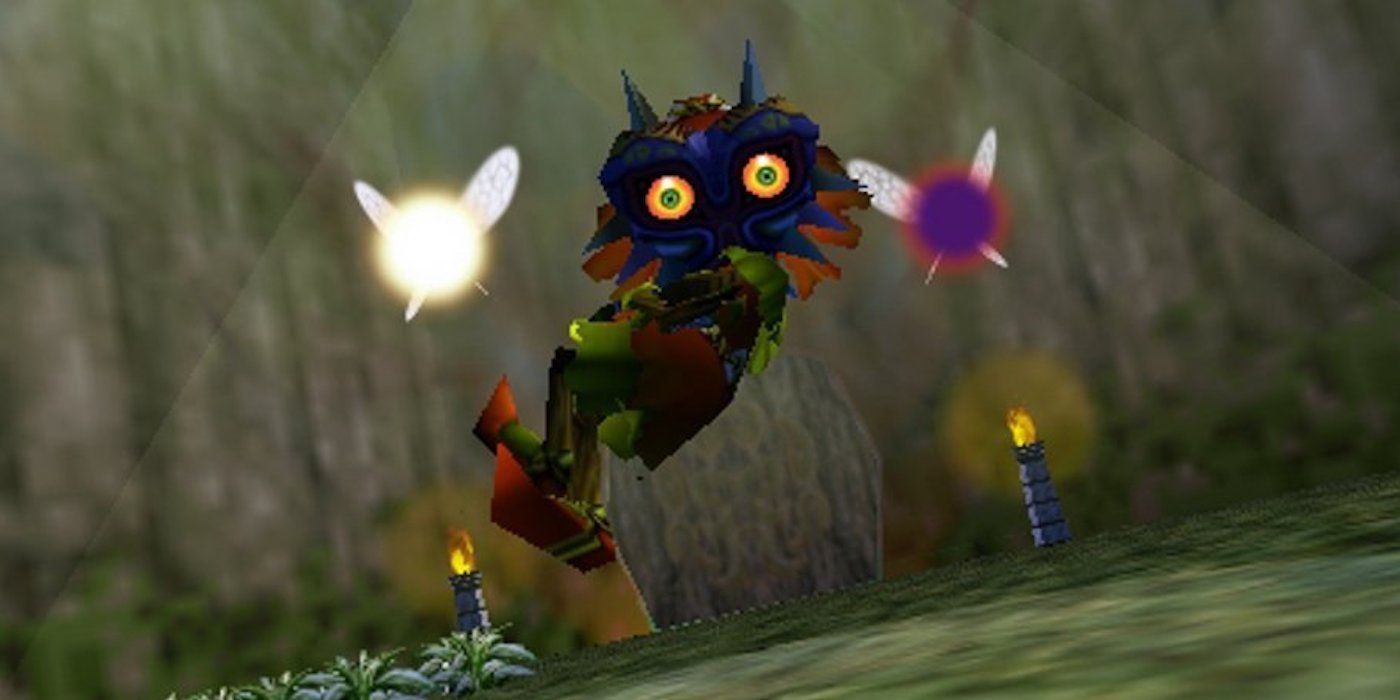
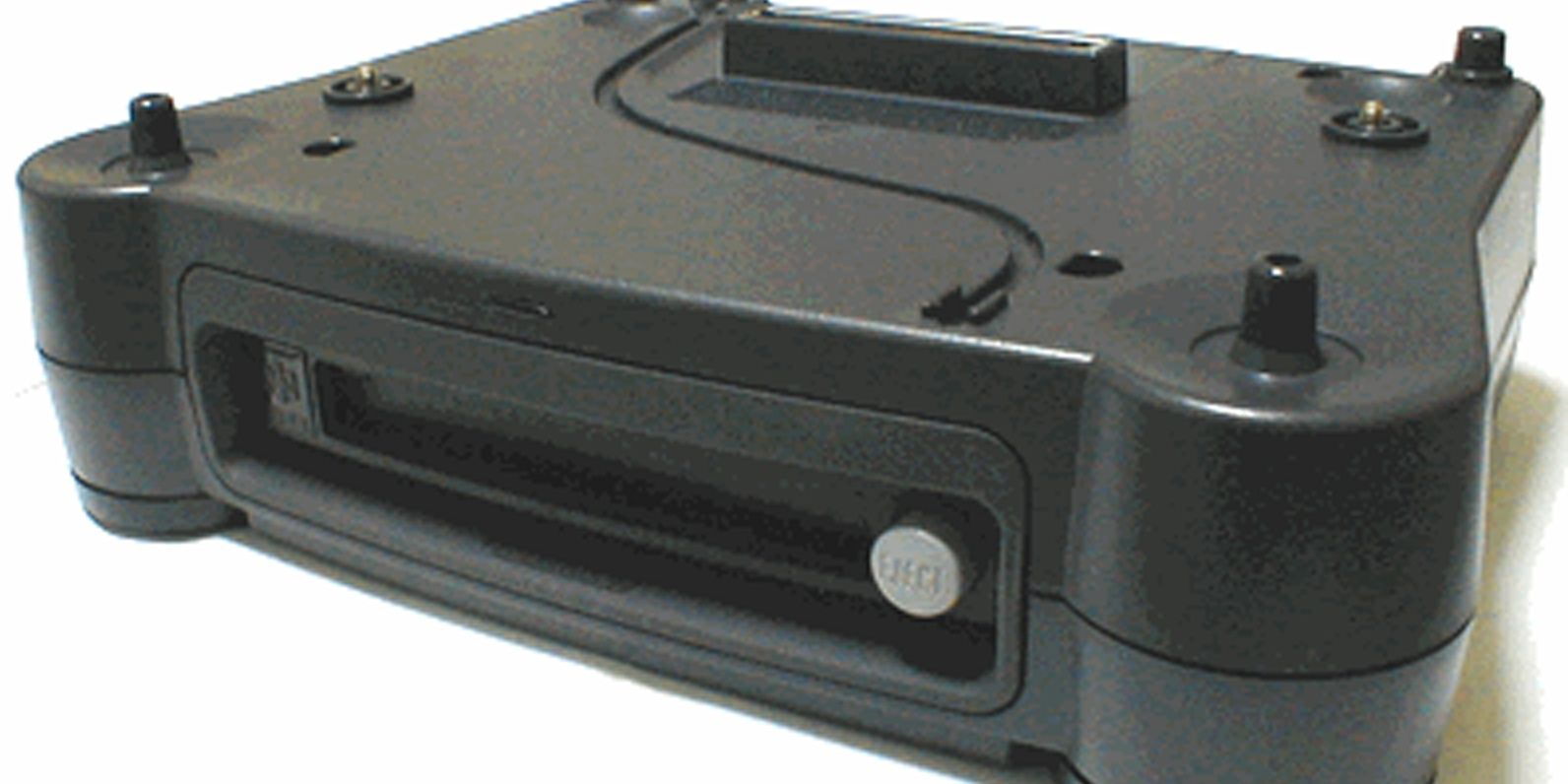
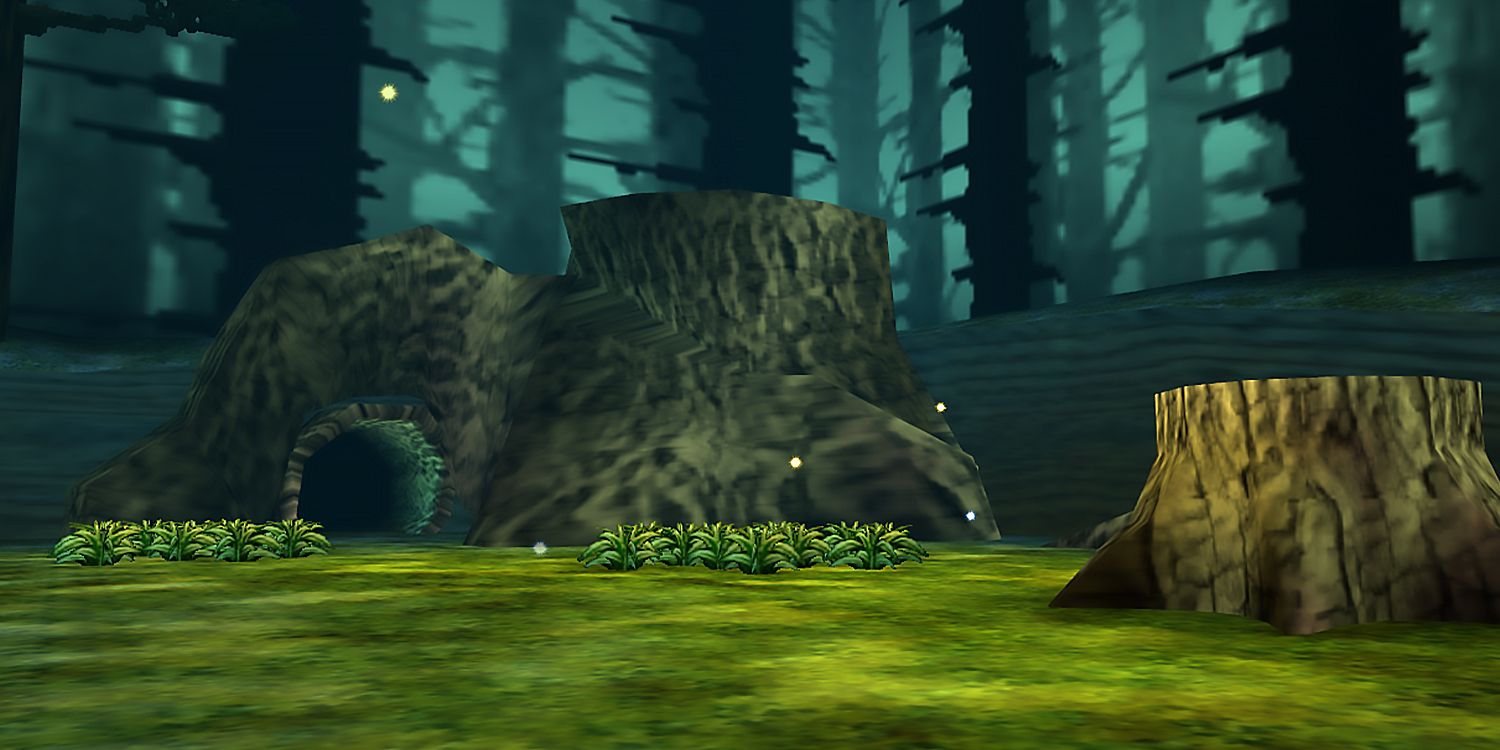
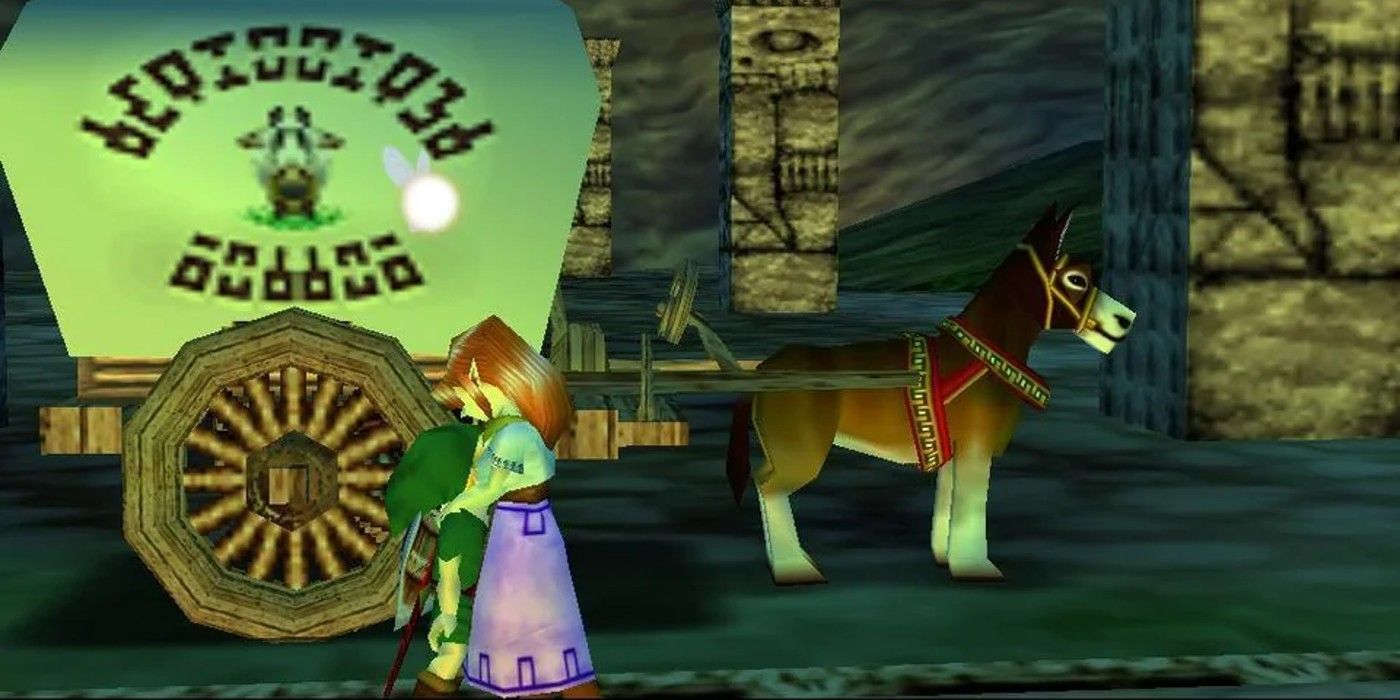
The creation of The Legend of Zelda: Majora’s Mask started roughly when Ocarina of Time was launched on the Nintendo 64 in 1998. Compared to Ocarina of Time, which had a protracted development phase that began shortly after the debut of Link’s Awakening in 1993, its team needed to build entirely new resources to maximize the Nintendo 64’s advanced graphic capabilities. In contrast, Majora’s Mask utilized many of those assets, significantly reducing its development time.
The creation process of Ocarina of Time took such a considerable amount of time that we managed to incorporate numerous diverse aspects into the game. However, some concepts were not maximally exploited, and others failed to reach their full potential. One example of this is the character, the mask salesman.
Originally, Majora’s Mask was developed as an accessory for the Nintendo 64, specifically the Nintendo 64 Disk Drive (64DD). The 64DD offered larger storage capacity, which enabled better-quality graphics and additional features in select games. Initially, it was planned to be a fresh take on a previously released game. Unfortunately, the 64DD was only launched in Japan and failed commercially. Eiji Aonuma wasn’t thrilled about the idea of just redesigning dungeons his team had already created for an unsuccessful project.
Instead, the creator of Zelda, Shigeru Miyamoto, set his team a fresh task: take established resources and develop a completely new Zelda game within a year. Aonuma, the team member, explained that when he was informed it needed to be done in a year, he became highly focused on the idea of making it possible. He began working on the game with this determination, but towards the end of its development, they faced tight deadlines.
It’s worth noting that, despite taking 15 months to complete, the rapid development process of Majora’s Mask was truly impressive. This is particularly noteworthy when you consider that it took approximately three years to create Ocarina of Time. What makes this even more remarkable is that Majora’s Mask wasn’t just a routine sequel; it was the most daring installment in The Legend of Zelda series at the time, pushing the boundaries of the series in innovative ways.
To make sure that Majora’s Mask could function on any Nintendo 64 console, its design incorporated the use of the Expansion Pak, a device that substituted the standard jumper module. Included with the game, this Expansion Pak enabled the system to reach its maximum capabilities, enhancing graphics and ensuring smoother gameplay, which were essential for rendering the game’s complex world and mechanics effectively.
Majora’s Mask’s Told a Surprisingly Dark Story
The Game Picks up Where Ocarina of Time Left Off
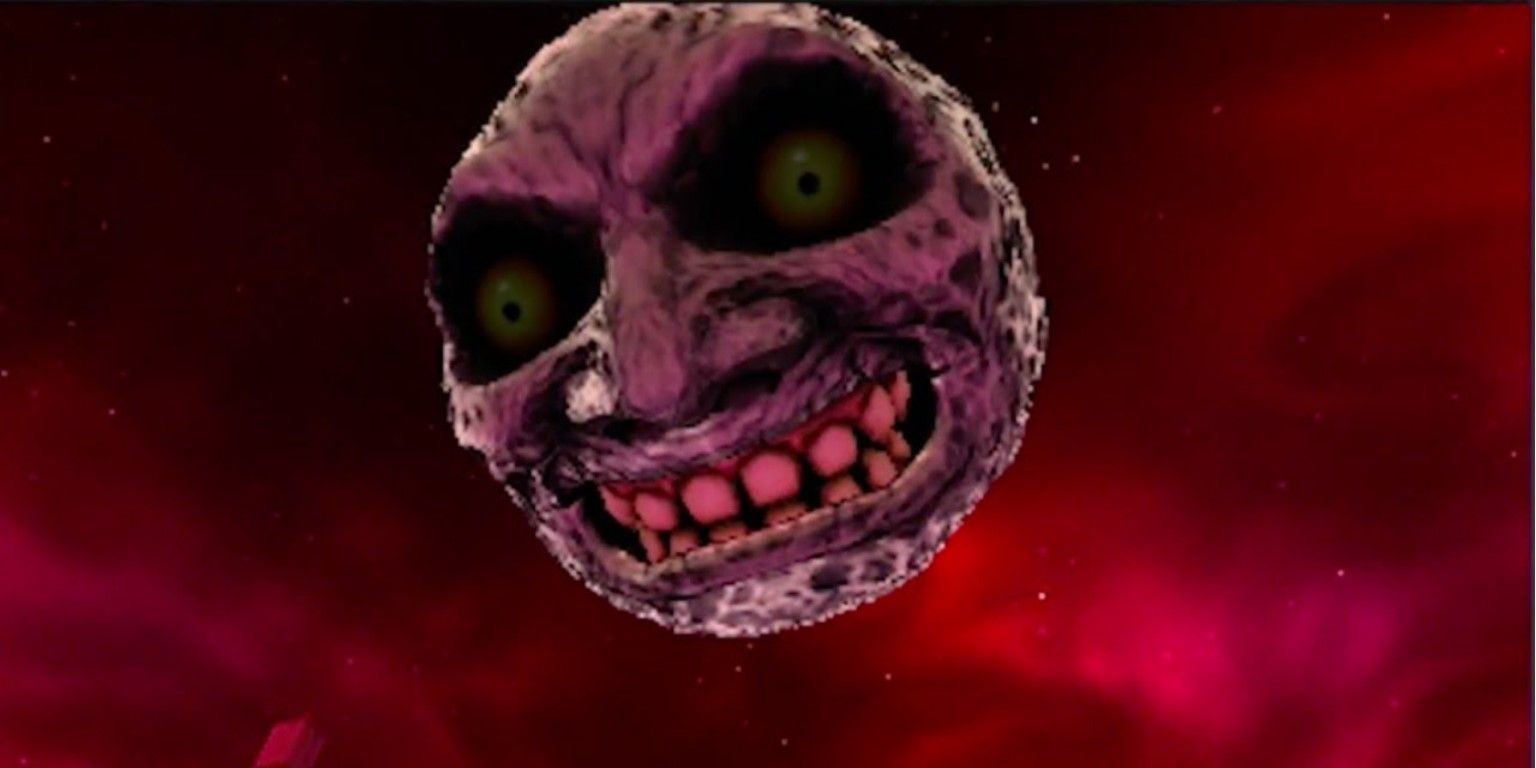
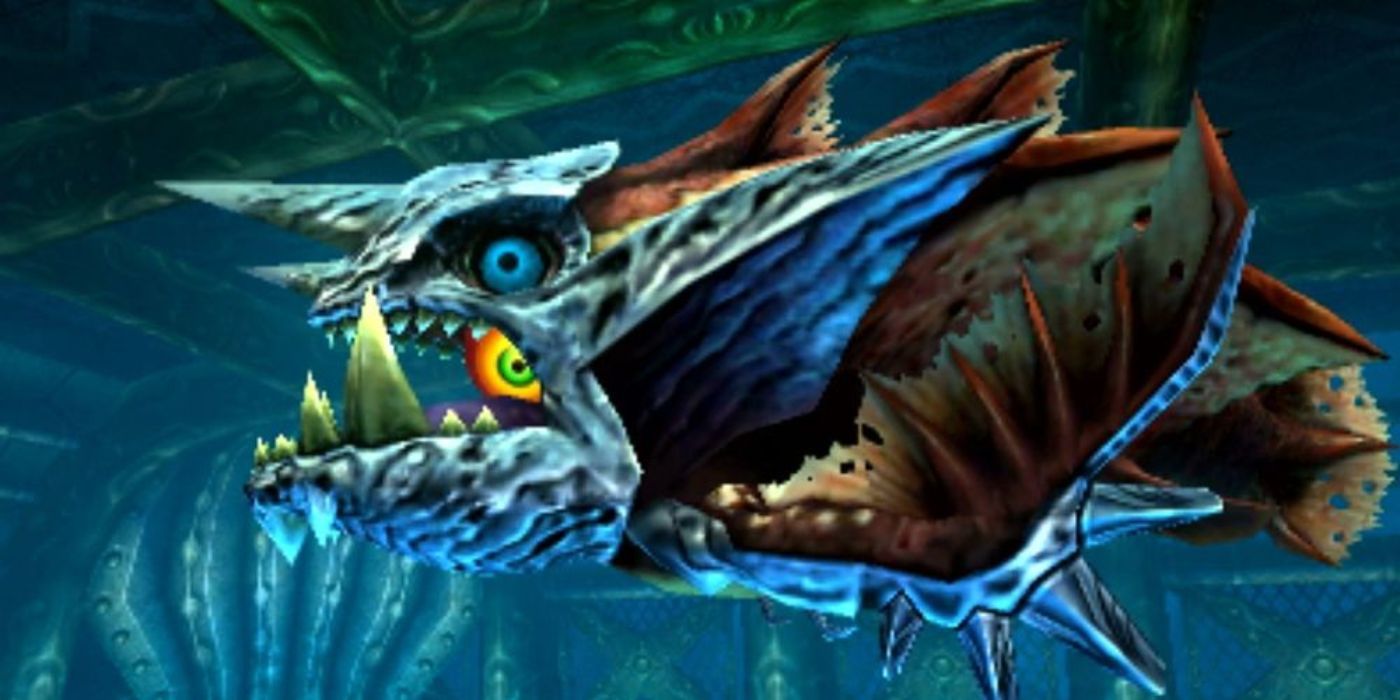
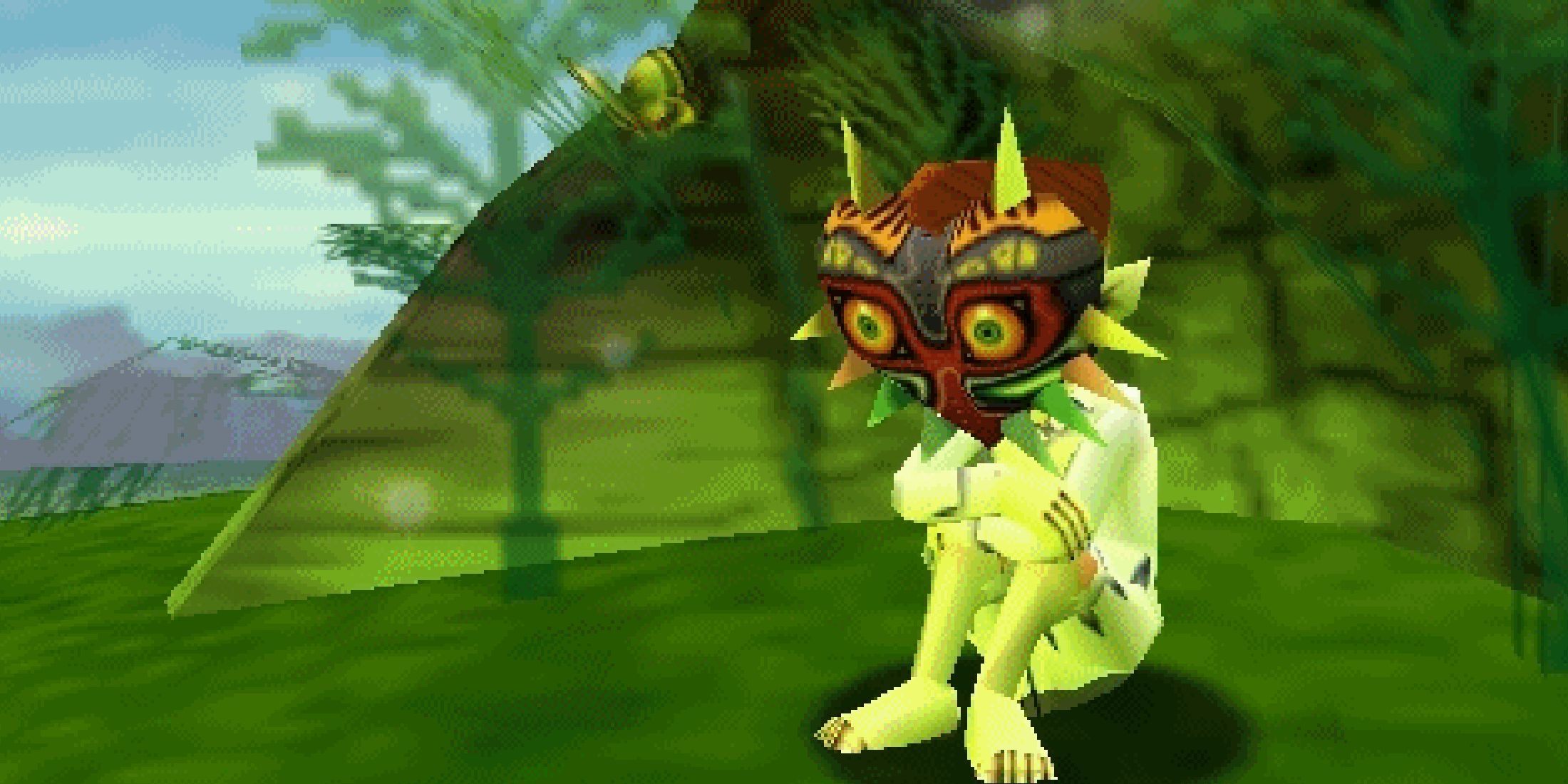
In The Legend of Zelda: Majora’s Mask, the story continues from where Ocarina of Time ended, placing Link in a different dimension. This realm, called Termina, is a gloomier and more disquieting version of Hyrule. It’s not just opposite to Hyrule, but it feels like a distorted mirror image, inhabited by hostile, quirky inhabitants who appear significantly less happy than their counterparts from Hyrule.
Among the inhabitants of Termina, there’s widespread dissatisfaction about their world’s irrevocably ruined condition. Worsening the gloomy ambiance, an ominous moon hangs menacingly above, hinting at a catastrophe that could erase all life. However, not everything is doom and gloom. As the end seems imminent, the people of Termina are making preparations for the Carnival of Time, an event scheduled on the very day the moon is predicted to collide.
To grasp why Link arrives at a desolate location like Termina, it’s crucial to reflect upon the events of Ocarina of Time. At the conclusion of that game, Link is assigned a mission to travel back in time to avoid Hyrule’s destruction. This duty requires him to maintain complete awareness of the catastrophe that could unfold. In many aspects, Termina’s destiny echoes the one he strived to preserve in Hyrule.
In my gaming journey with Majora’s Mask, the heart of the story revolves around the very mask that gives it its name. This mask is the root of the turmoil engulfing Termina. Unlike the resigned inhabitants of this land, I, as Link, am unwilling to accept the grim prophecy that the moon will fall and bring about destruction in just three days. My purpose becomes starkly clear: rally the people together and stand united against the impending doom that looms over our fractured world.
Majora’s Mask Is All About Rewinding Time
Link Has to Travel Back in Time to Save Termina Before the Moon Hits
In “The Legend of Zelda: Majora’s Mask,” the sheer size of the game might leave you feeling confused about where to start. However, one consistent element is the ominous moon that looms over Termina, getting nearer with every ticking moment. Notably, each cycle in Majora’s Mask adheres to a tight yet considerate time limit of fifty-four minutes in real time, rather than the eighteen-minute in-game day.
In my perspective as an ardent fan, when the sands in the hourglass run out, the moon descends upon Termina, obliterating everyone, including our beloved hero Link. Everything he was carrying gets misplaced, compelling us players to commence our journey all over again from the very start. However, luckily for us, Link still clutches the Ocarina of Time from his past escapade. This magical instrument enables him to temporarily halt time’s relentless march, granting us valuable respite to accomplish tasks and gear up for the trials ahead. This power serves as a crucial lifeline that makes the ticking clock more bearable, but the unique time constraint and design philosophy of Majora’s Mask ensured that certain aspects of the game remained shrouded in mystery.
Typically, Zelda games create a sense of anticipation where if you feel there’s something beyond a bend in the road, that suspicion alone often gives you the determination to push forward, even when the path ahead is tough. However, in the case of the Nintendo 64 version of Majora’s Mask, what you find when you reach a place you suspect has something isn’t what you were expecting. There are no answers or clues to be found as promised. In fact, there are some instances where there are no hints at all, and many things remained undiscovered by players.
A significant aspect of the game involves embarking on numerous side quests scattered across Termina. These additional missions not only propel the main storyline but also contribute significantly to averting Termina’s impending doom. Many masks in the game provide special abilities or advantages, such as the Bunny Hood, which boosts Link’s running speed.
In essence, though it shares many elements with “Ocarina of Time,” such as the masks, moon, and time mechanics, “Majora’s Mask” stands out due to refinements in its gameplay, particularly its Z-targeting system. This system, which helps in locking onto enemies and aiming weapons like the bow, is notably more precise. This enhances combat, making it smoother and more fulfilling. In summary, “Majora’s Mask” provides a rich, multi-layered gaming experience that keeps players consistently engaged.
Majora’s Mask Helped Shape the Future of 3D Zelda Games
Majora’s Mask Was Only the Beginning

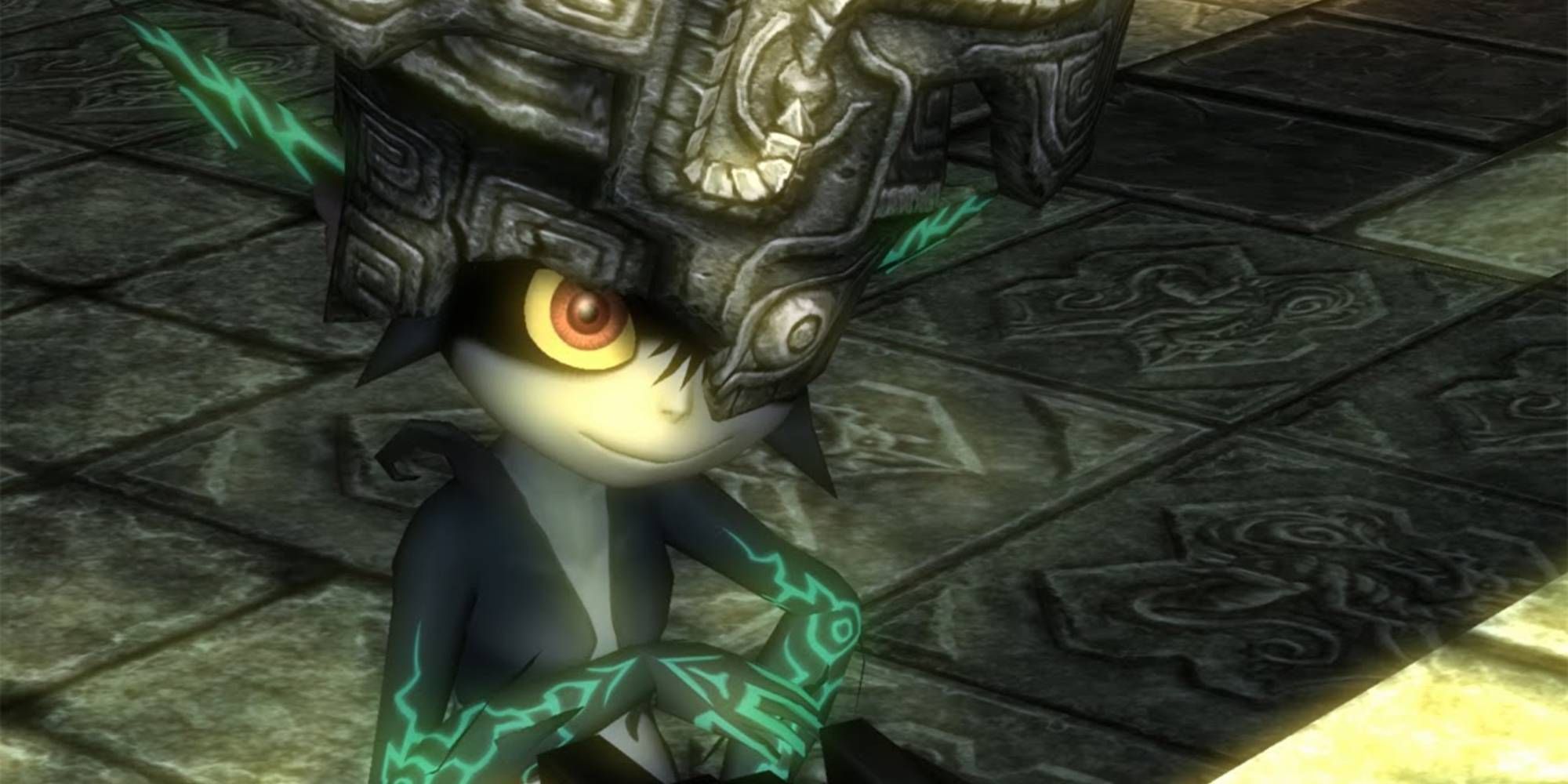
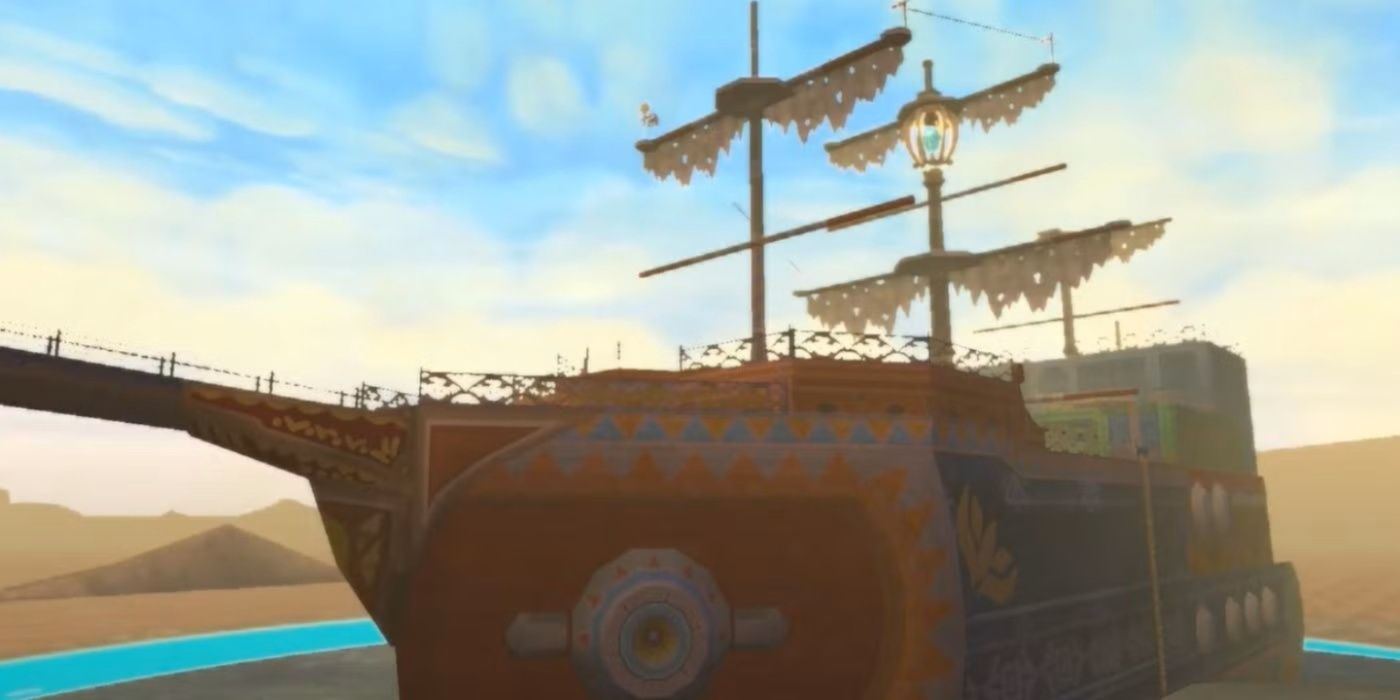
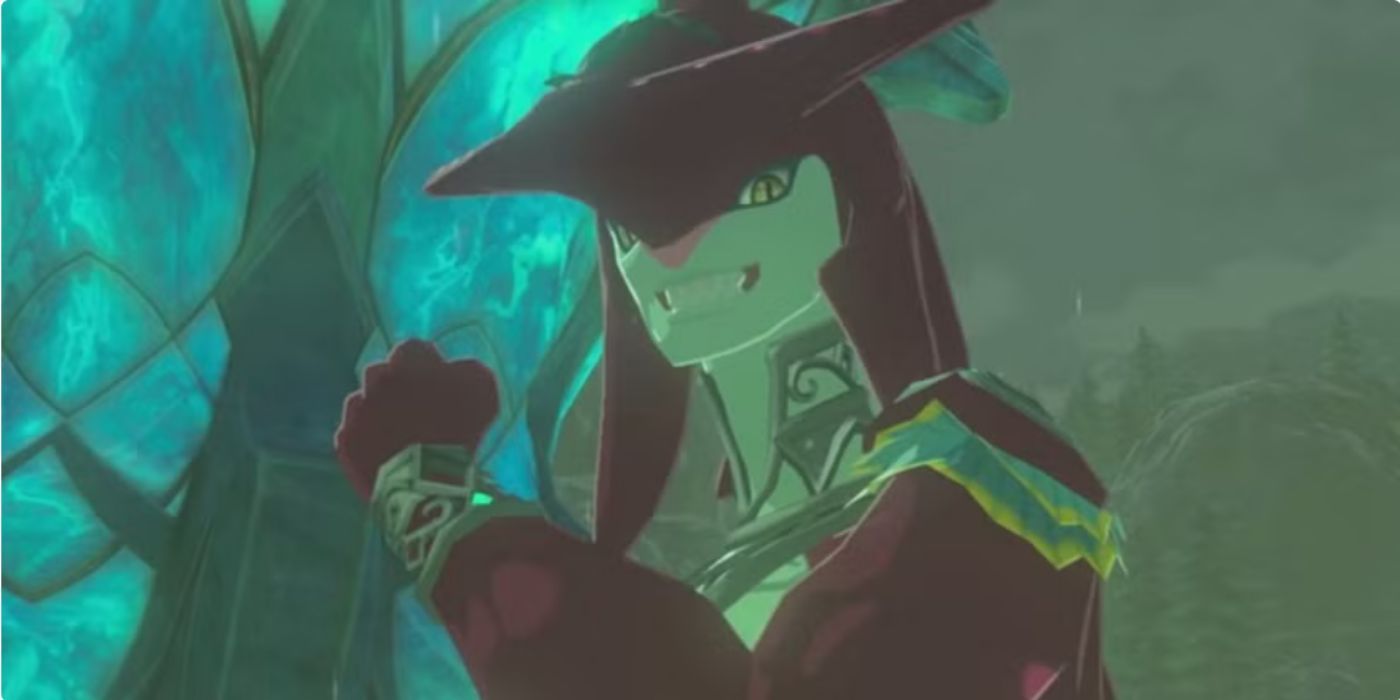
The video game “Majora’s Mask” initially debuted in Japan on April 27th, 2000, and later made its way to the United States on October 26th, 2000. It eventually hit European and Australian markets on November 17th, 2000. Notably, it didn’t sell as many copies as “Ocarina of Time” because it wasn’t packaged with a Nintendo 64 console. However, despite this, it still managed to be commercially successful.
Upon its release, critics highly commended Majora’s Mask, considering it a daring advance that established a fresh benchmark for the Zelda series. Over time, the franchise has primarily centered around 3D installments, while 2D games have often been remakes or spin-offs. The latest addition to the series, Echoes of Wisdom, employs 3D assets but emphasizes heavily on the aesthetics and mechanics from earlier 2D games, resembling a tribute more than an outright evolution.
| 3D Zelda Game (& Platform) | Release Date (U.S.) |
| Wind Waker (GameCube) | March 24, 2003 |
| Twilight Princess (GameCube and Wii) | Nov. 19, 2006 |
| Skyward Sword (Wii) | Nov. 20, 2011 |
| Breath of the Wild (Wii U and Nintendo Switch) | March 3, 2017 |
| Tears of the Kingdom (Nintendo Switch) | May 12, 2023 |
3D Zelda games have consistently been a mainstay, with numerous sequels to Majora’s Mask. One such game that followed was The Wind Waker, which debuted in Japan on December 13, 2002, and in the U.S. on March 24, 2003 for the GameCube. Other significant 3D entries in this series include Twilight Princess, Skyward Sword, Breath of the Wild, and Tears of the Kingdom.
Regarding the enduring impact of Majora’s Mask, Nintendo has shown great reverence towards
Hiroyuki Sano, who contributed to the animation of Majora’s Mask 3D, mentioned that the game has been designed in a way to help players discover its hidden allures that they might have overlooked when playing the original. He also shared his own story of facing some challenging and unpleasant moments with the Nintendo 64 version, but found that the 3DS edition managed to turn those negative experiences around for him.
Read More
- Who Is Harley Wallace? The Heartbreaking Truth Behind Bring Her Back’s Dedication
- 50 Ankle Break & Score Sound ID Codes for Basketball Zero
- Lost Sword Tier List & Reroll Guide [RELEASE]
- Basketball Zero Boombox & Music ID Codes – Roblox
- 50 Goal Sound ID Codes for Blue Lock Rivals
- The best Easter eggs in Jurassic World Rebirth, including callbacks to Jurassic Park
- Summer Games Done Quick 2025: How To Watch SGDQ And Schedule
- Gaming’s Hilarious Roast of “Fake News” and Propaganda
- 100 Most-Watched TV Series of 2024-25 Across Streaming, Broadcast and Cable: ‘Squid Game’ Leads This Season’s Rankers
- 11-year-old boy beats 7-year-old to win 2025 Rubik’s Cube World Championship
2025-04-27 21:25